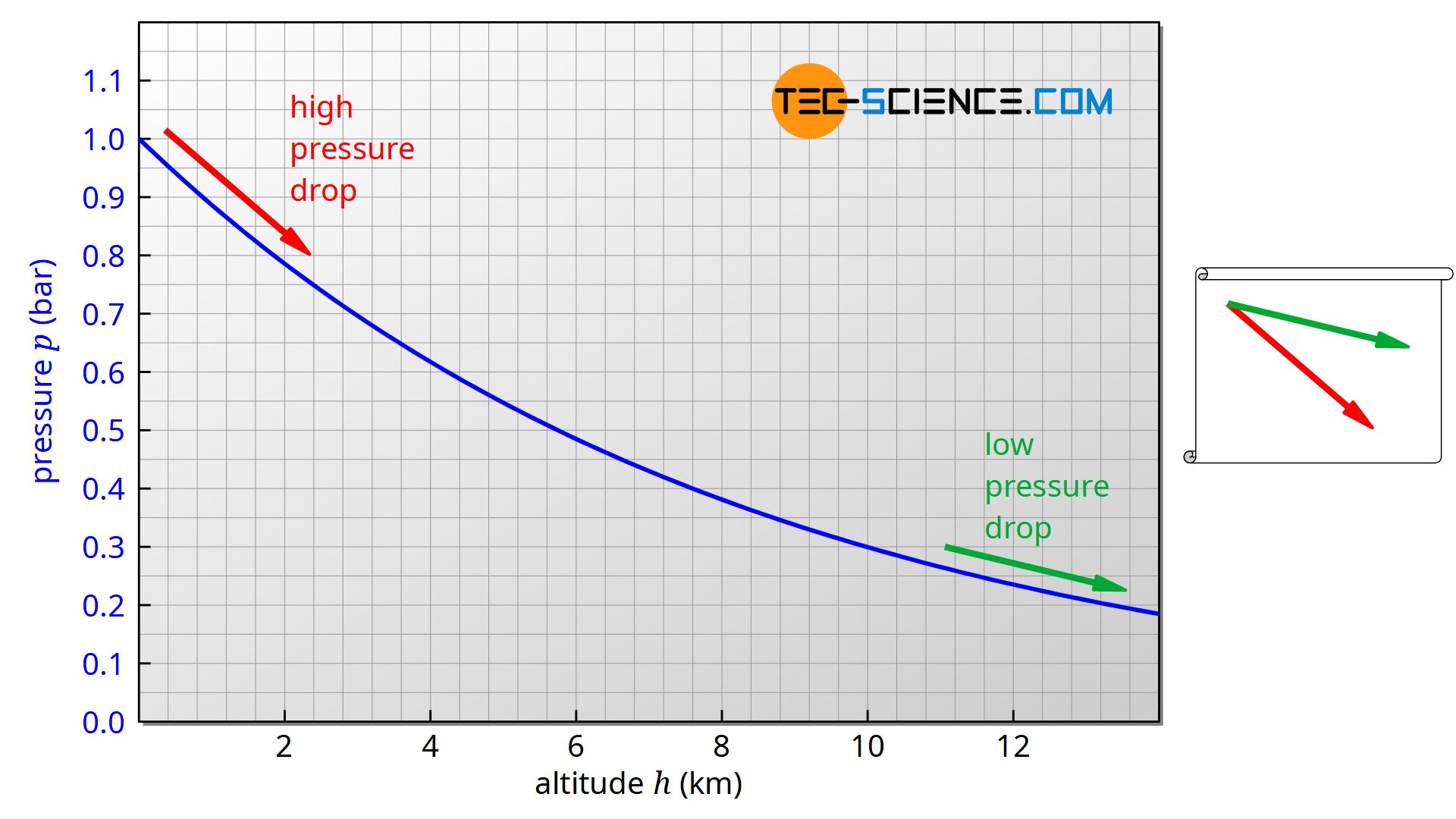

Nautical Mile: defined as one minute of arc along a meridian of the Earth.Statute Mile: the same as a standard mile as you would see driving a car.Bad performance? High altitude (lower air density), hot and humid.Īlso read how altitude affects performance. What gives good performance? Low altitude (higher air density), cold and dry. Typically, I reach the altitude on crosswind. Last summer, on 30 degree days when flying circuits I noticed that I was consistently not reaching circuit altitude until I was well into my downwind leg. High density altitude makes take off and climb take longer. DA is important for calculating safe fuel and payload permissible for takeoff. Have you ever taken off from an airport on a hot, hazy summer day and noticed the decrease in engine performance? On these days it takes longer to accelerate and become airborne because the air density is behaving as if it were in much higher altitude – where there is less air for the aircraft to “grab” onto. We can also refer to our aircraft’s POH, where standard temperature for the pressure altitude is listed.ĭensity altitude is important to know for lift and aerodynamics. For instance, for my last flight I flew at 6000 feet and the standard temperature at this altitude is (6 * 2 = )12 degrees less than 15 degrees, or 3 degrees. So we can calculate this ourselves to know what the standard temperature should be at our chosen altitude. To get standard temperature recall the definition of standard air conditions: cools at the adiabatic lapse rate of 1.98 degrees per 1000 feet. Once we calculate pressure altitude, we use the following formula:ĭA = PA + Īctual temperature is self explanatory, if we are looking for temperature of our aerodrome it will be given in ATIS or if we are looking for the temperature of our cruising altitude that is available in the Upper Wind Forecasts (FD’s). It is simply pressure altitude corrected for temperature. Hot, hazy summer day produces high density altitude and reduced performanceĭensity altitude is based on pressure altitude. We always look at our POH to find the true airspeed which we base on pressure altitude, like climb and cruise performance. These are more direct engine performance things, like fuel burn, true airspeed and engine thrust. So why do we need to know pressure altitude anyway? When we do flight planning, we need to calculate it for our departing aerodrome not only to have the proper pressure setting for our altimeter, but also because the performance of the aircraft is based on pressure altitude. This will give the true altitude of the aircraft. To correct for this, the pilot can add 100 feet for each 0.10 ” reading above this figure. Such high pressure readings are found in very cold, dry air masses. Generally, most standard altimeters doesn’t go above a pressure reading higher than 31.0 0″ Hg. An altimeter setting that is too high will give an altimeter reading that is too high, a low setting will show a reading that is lower than we actually are. It is important to set the altimeter because knowing the actual height of the airplane is of vital importance. The reason we need to know pressure altitude is because our altimeter is a pressure altimeter. This means that the actual pressure, at standard atmospheric conditions, is lower than actual field height. To calculate this, we always subtract our current altimeter reading from standard pressure of 29,92, multiply by 1000 then add it to the actual AGL elevation of the aerodrome.įor example, at Springbank, when the altimeter reading is 30.15:Ģ9.92 – 30.15 = -0.23 * 1000 = – 230 then add to the altitude of CYBW which is 3940: 3940 + (-230) = 3710. This allows us to calculate our altitude for pressure given the pressure reading at our aerodrome. As we increase in altitude, the air cools at the adiabatic lapse rate of 1.98 degrees per 1000 feet. What are standard air conditions? Standard air conditions state that at sea level, the air has a pressure of 29.92″ Hg and temperature of 15 degrees C.

PA is the “height above sea level corresponding to a given barometric pressure under standard air conditions” (FGU, page 41). Why do we do this? Recall the definitions of density altitude (DA) and pressure altitude (PA). When we go flying, we always calculate pressure and density altitude of our aerodrome and for our cruising altitude.


 0 kommentar(er)
0 kommentar(er)
